Juniper: the rules of planting, care and reproduction. 80 photos of using the bush in design
Juniper plays a special role in the creation of garden and park ensembles. All evergreens, due to their picturesque coniferous coloring, are most often given solo parties in landscape design. Juniper is no exception. His needles have a whole range of unique tones and midtones that advantageously complement the off-season park.
In addition to its beautiful appearance, juniper also has medicinal qualities. Even the ancient Greeks used juniper berries as an antidote to snake venom. And the ancient Romans revealed the diuretic qualities of juniper. During epidemics, the dwelling and clothing of the sick were fumigated with smoke from the branches of this plant.
In our country, dishes have long been made from it - products in it did not spoil for quite some time. The pagans attributed miraculous qualities to him - they created amulets and amulets from it.
Features
Juniper belongs to the Cypress family. Its other name is heather or juniper. Today, about seven dozen species of this plant are known to belong to the genus of evergreen trees or shrubs.
The creeping species are native to the highlands of Nepal, India, Pakistan, and the tree form can be seen in the Mediterranean, North America, and central Asia. Juniper has a life span of 600 to 3,000 years. Its height can reach 15 meters. Below we consider a description of juniper.
The most common shrub form has the appearance of a bush 1-3 meters high with an upright branched trunk. The color of the bark depends on age - it is terracotta in young plants, brown in old ones. Leaves of needle-shaped or scaly shape are collected in whorls.
The main feature is hard and sharp needles, the length of which can reach 1 cm. The juniper begins to bear fruit for 2-3 years. Fruits in the beginning have green color, and, ripening, become blue-black. Their size ranges from 5 to 10 mm in diameter.
Flowering time is May, and the ripening time of cones is September, October. Juniper berries are considered medicinal and are widely used in medicine.
Kinds
Today, there are approximately 75 species of juniper, most of which are used in landscape design.
Juniperus vulgaris has been described above. Therefore, we will not dwell on it. Consider the following most common types of juniper:
Cossack. Place of growth - Crimea, Carpathians. Toxic. Only external use is possible. Healing infusions are made from fruits and branches to treat affected skin areas. Douching is quite useful. In powder form, it is used to sprinkle wounds, ulcers, etc. damage.
Crimean. It combines 5 species that can be found on the Crimean peninsula - Cossack, ordinary, prickly, smelly, tall. Usually prickly juniper berries are used for harvesting. Oil is squeezed out of them, which is used both for medical and cosmetic purposes. They also have a diuretic and anthelmintic effect. The remaining species are valuable for their wood.
Chinese juniper, scaly, medium, vergina, horizontal, rocky are also quite popular.
How to choose seedlings
The quality of the seedling itself has a significant influence on how successfully the bush has taken root. When buying material for planting, the following nuances should be considered:
- Refrain from buying seedlings with open roots.
- It is better to give preference to a plant in a container or with a lump of earth wrapped in non-woven material.
- The current growth of branches and roots should be viewed.
- Equally important is the absence of cracks or any other damage to the trunk.
- A new growth must be flexible and not break.
- The color of the leaves must be uniform, without spots.
- It is advisable to purchase seedlings that were originally grown in pots.
Landing rules
Juniper should be planted in spring. Large bushes should be located after 1.5-2 meters from each other, and small bushes - after 0.5 meters. The depth of the landing pit is affected by the volume of earthen coma of the young plant. She must exceed it by 2-3 times.
A half a month before the start of planting, it is necessary to make a drainage 15-20 cm thick in the pit, using sand and broken brick. Next, you need to fill it in 2/3 with a mixture of earth, sand and peat in the proportions of 1 to 1 to 2 and 0.2 kg of nitroammophos.
After the soil settles, and this usually happens after two weeks, you can start planting. As soon as the seedling is planted, it must be watered and then mulched with peat or sawdust.
Care Tips
Caring for juniper bushes is quite easy. Every spring, the juniper needs top dressing with a nitroammophos at the rate of 50 g per m². It is permissible to use other fertilizers, but this should be done no more than 1 time per month.
Remember that manure should never be used as top dressing. This can lead to burning of the roots and death of the plant. In addition, juniper does not tolerate loosening of the soil, as it can damage the roots and disrupt the nutrition of the bush.
This plant calmly tolerates drought. In dry weather, systematic watering is required. Juniper is a fan of spraying, its leaves need to be moistened with a spray bottle every 10 days. Do this either early in the morning or late in the evening.
Speaking of a haircut, this plant does not require it. Only at the beginning of spring and autumn do you need to cut off all dry and withered branches. An exception is live fencing. They must be cut regularly.
Juniper tolerates cold well, but one-year-old planting must be covered with burlap or a special film for the winter. As can be seen from the photo of juniper, if the shrub has spreading branches, it is better to bandage them with twine before the onset of winter frosts.
Healing properties
Juniper improves appetite, heals wounds well, fights inflammations very well, perfectly cleanses the blood. It also has a calming, diuretic, disinfectant and analgesic effect. Healing properties are possessed not only by berries, but also by needles along with roots.
Juniper is associated with coniferous forests. It disinfects and purifies the air, and also has many other amazing qualities. It will undoubtedly be the decoration of your site.
Juniper Photo
Cultivator for giving - 80 photos of models and an overview of the main varieties
Which screwdriver is better - 70 photos of the highest quality models
Land styles: 130 photos of the main species and their modern features
Jasmine flowers - the right care, and recommendations for growing (90 photos of flowers)
Join the discussion:

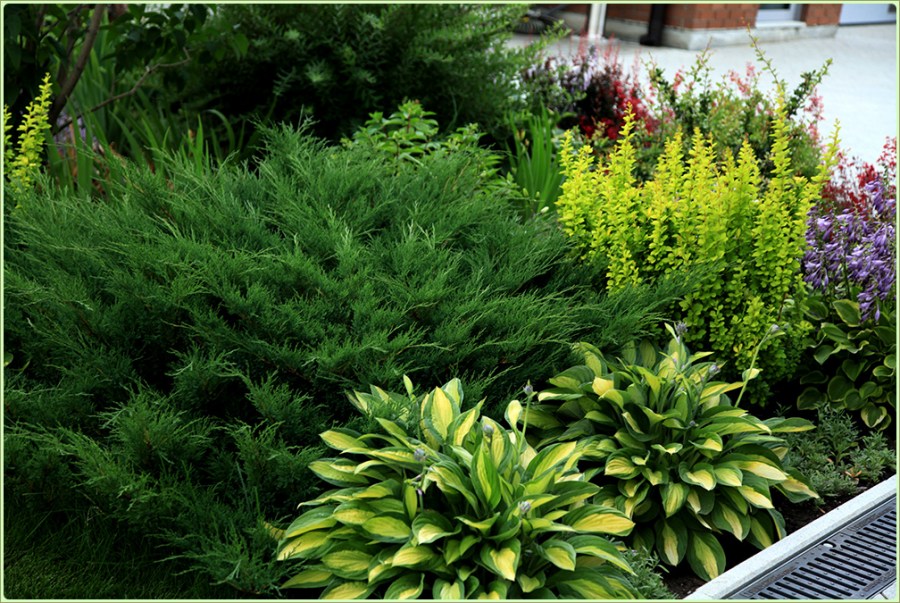


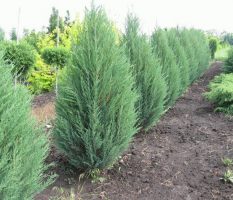



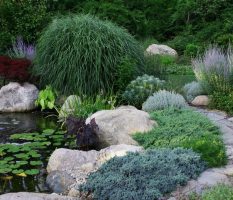

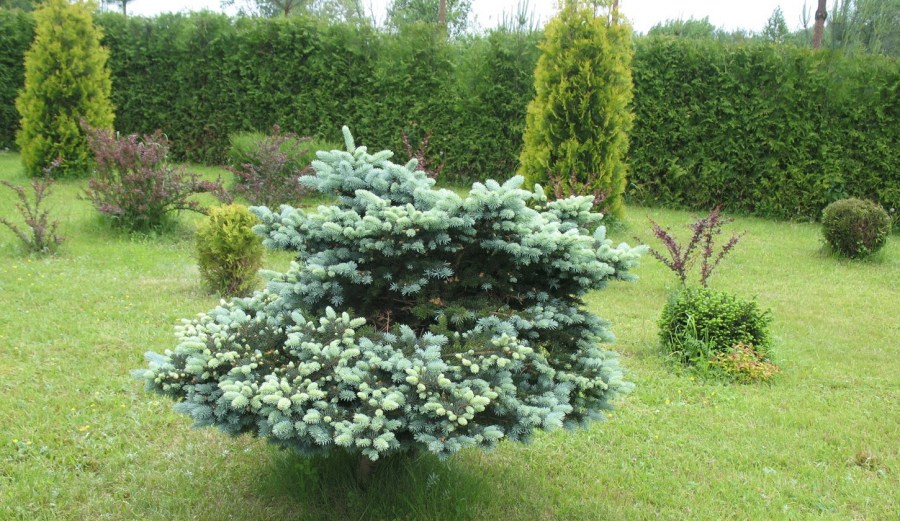


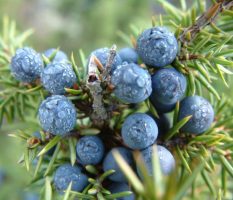




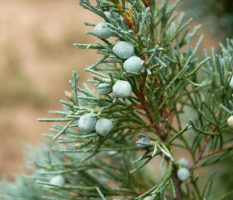




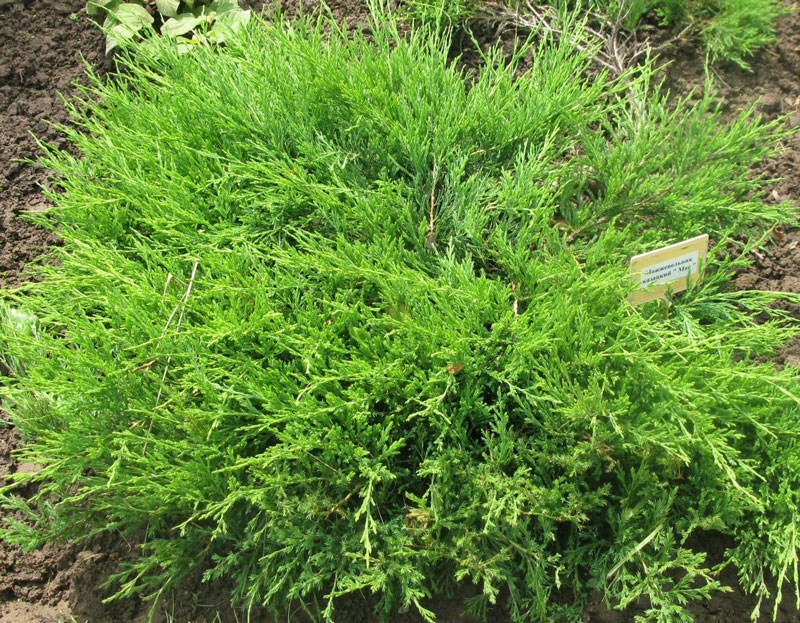






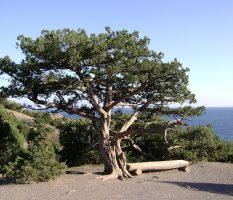
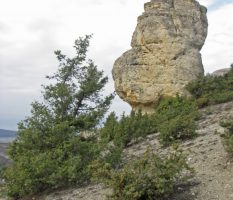






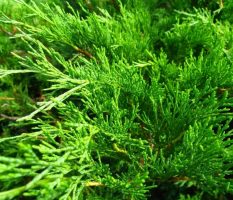


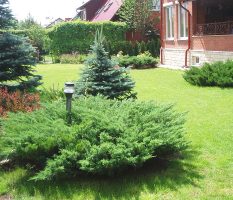





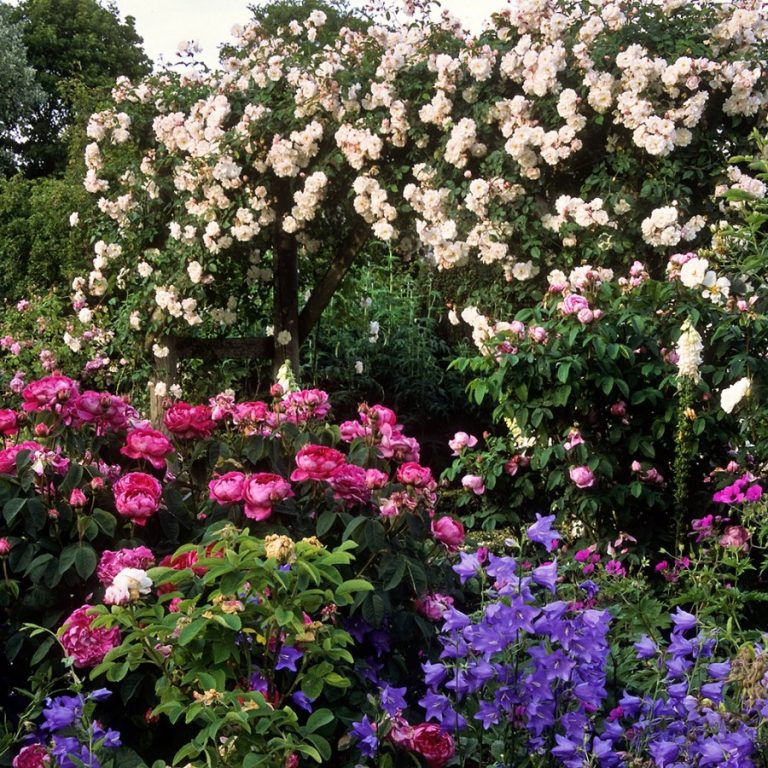
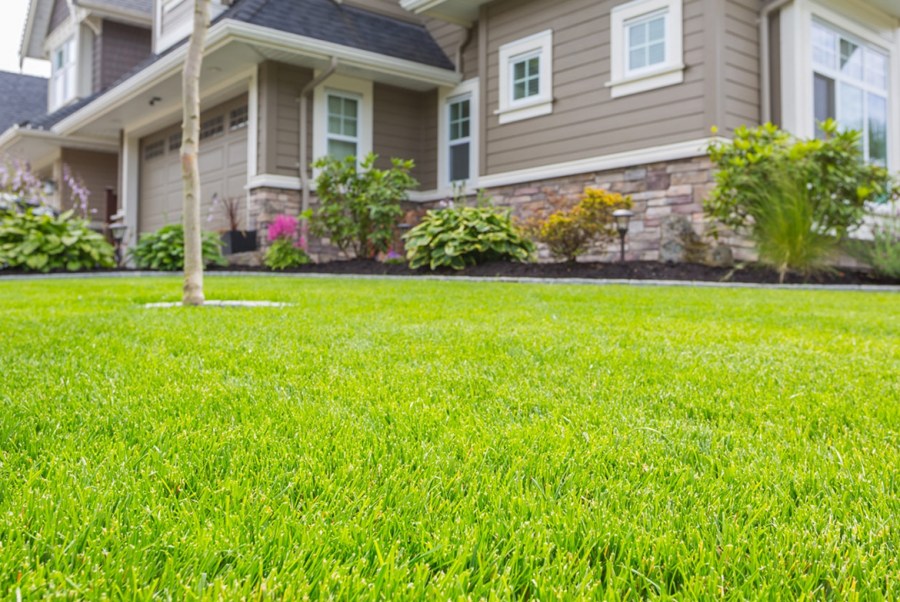








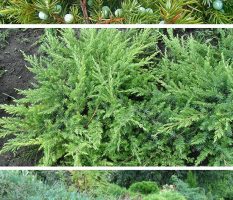




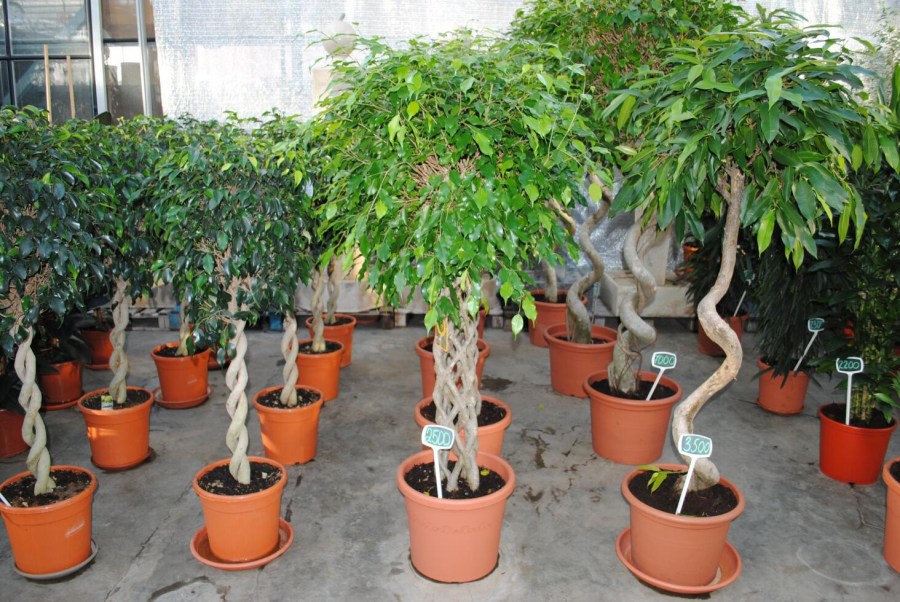
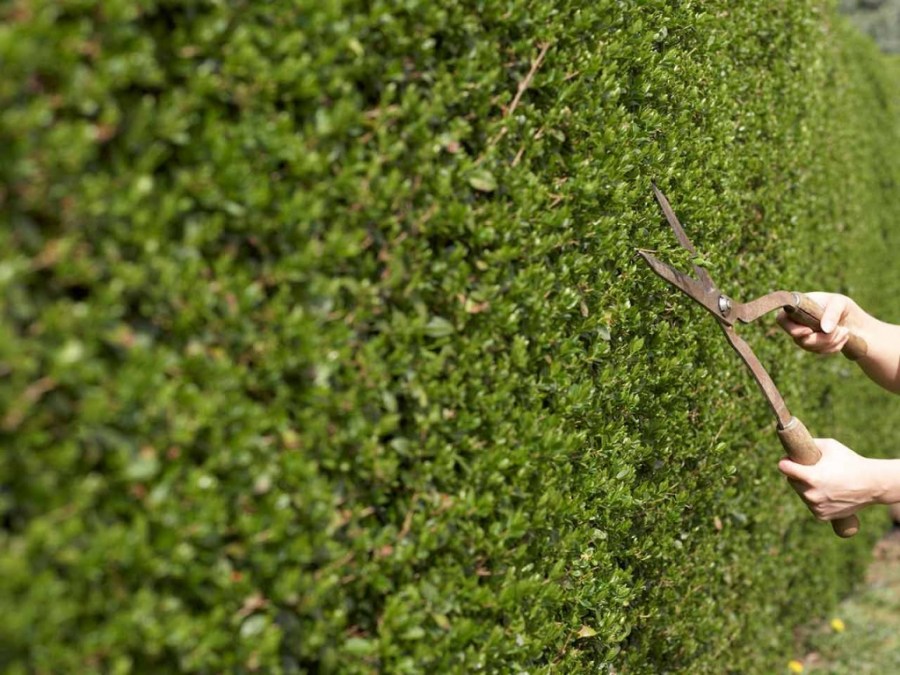
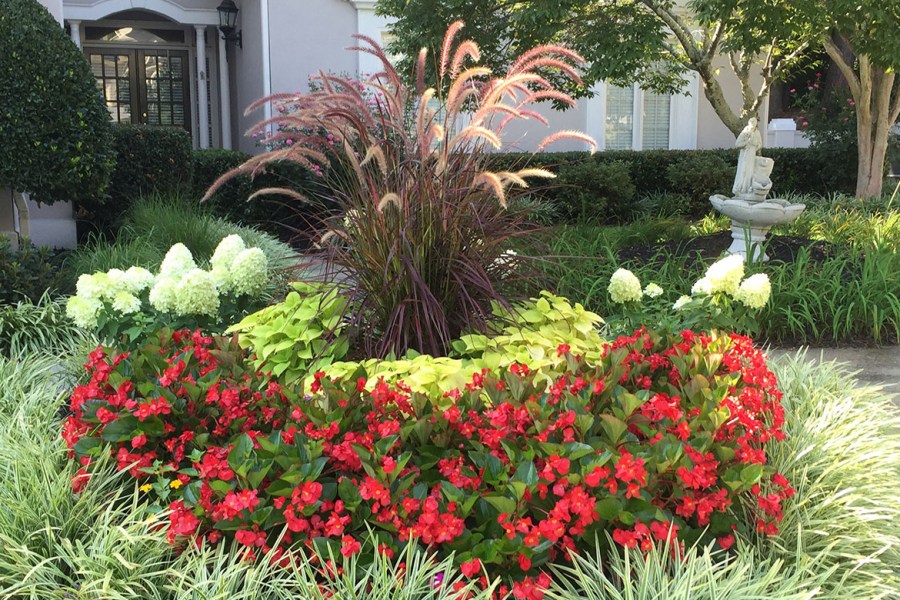


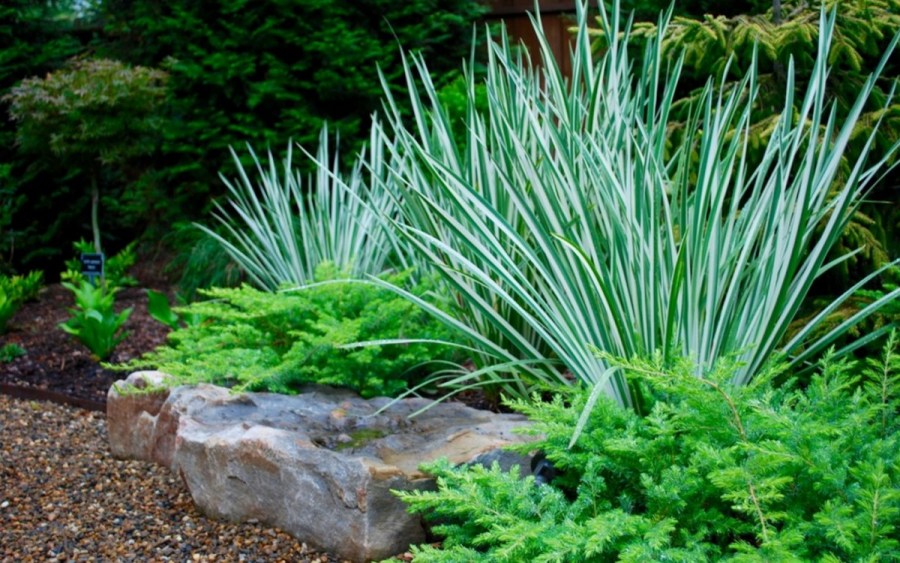

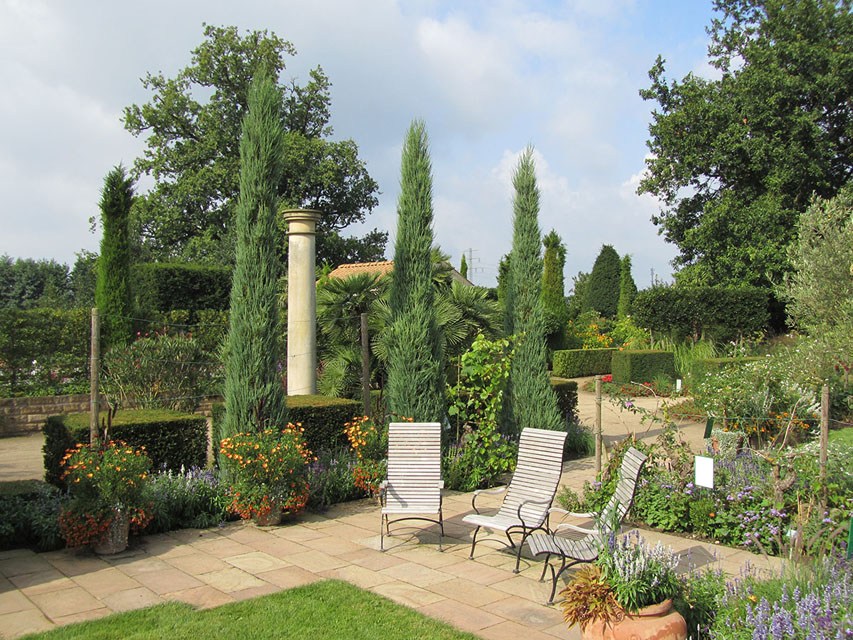
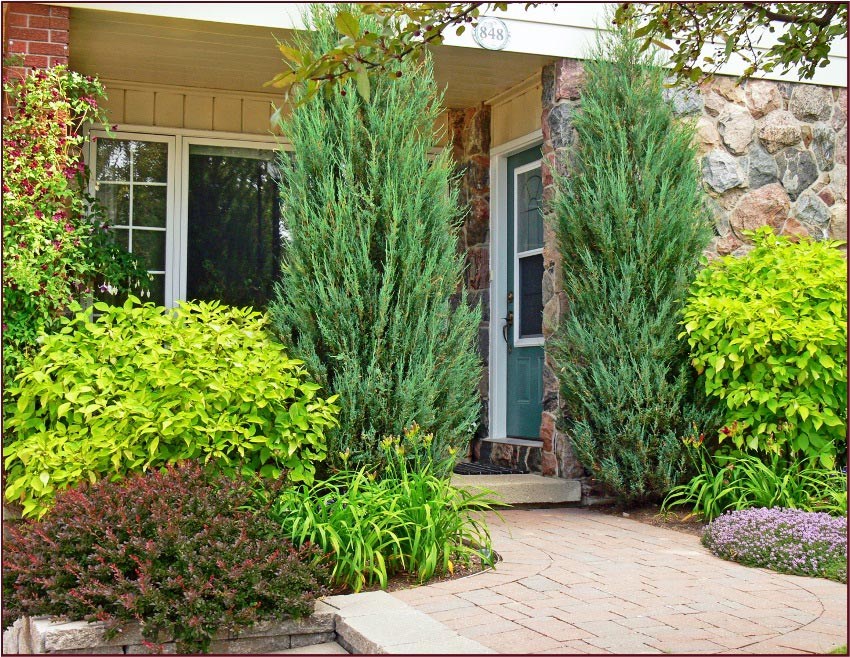



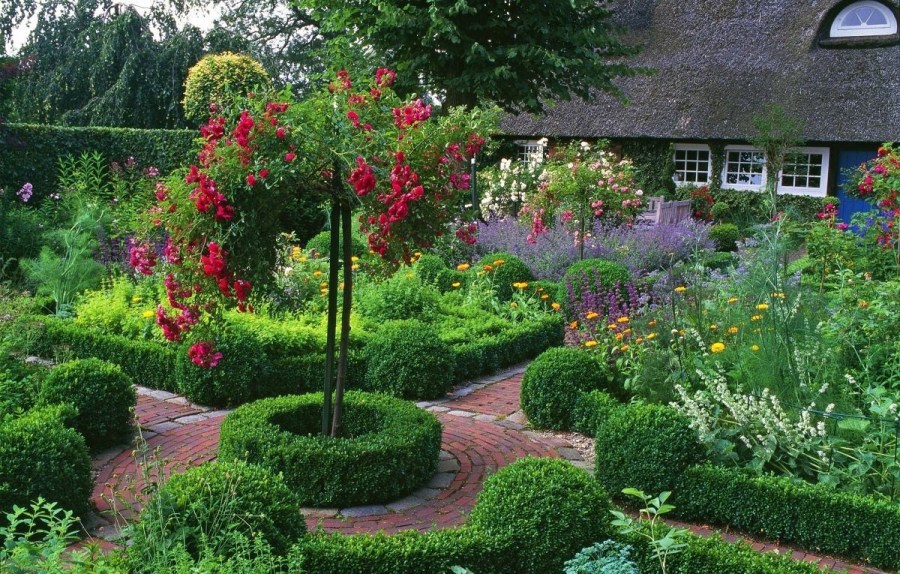

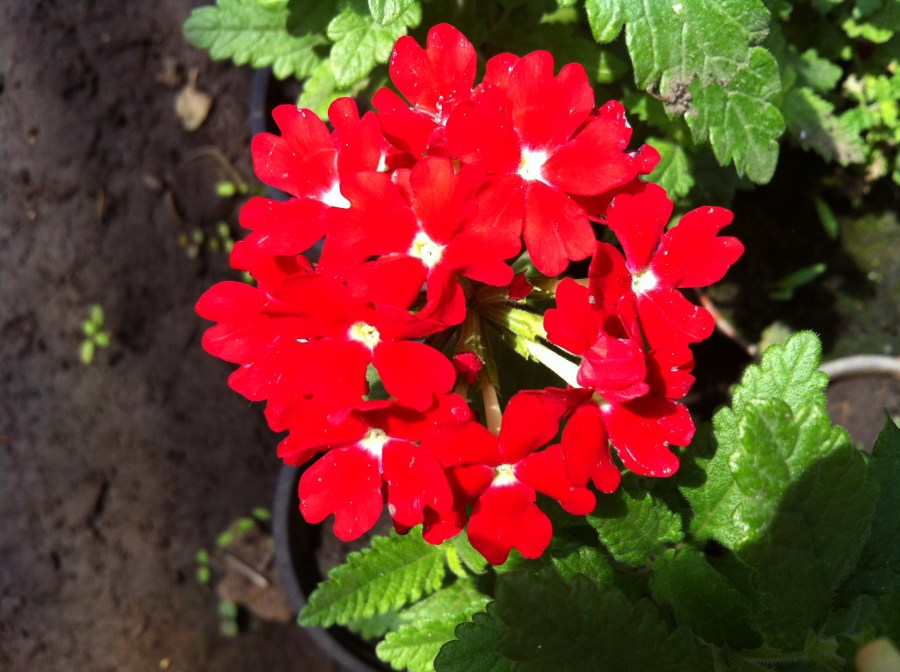




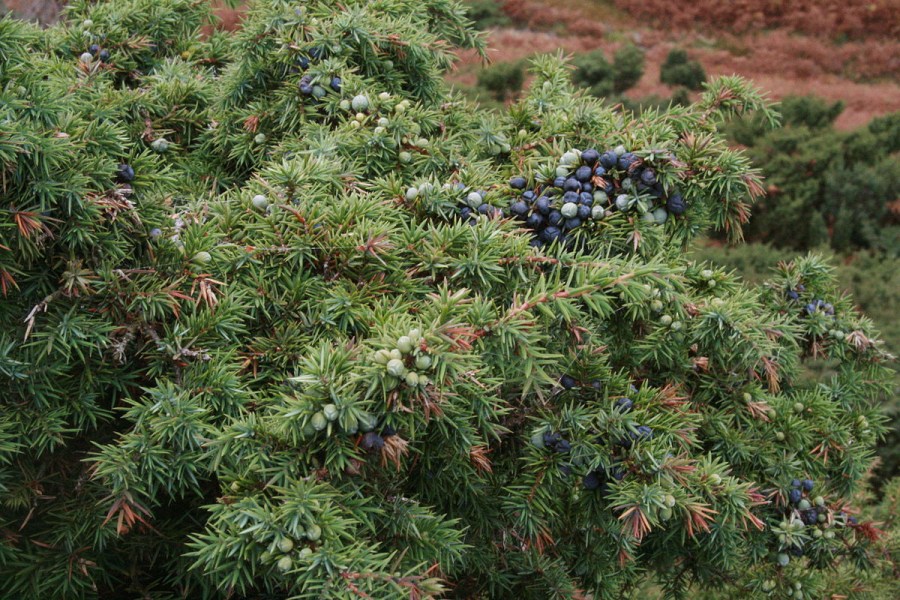
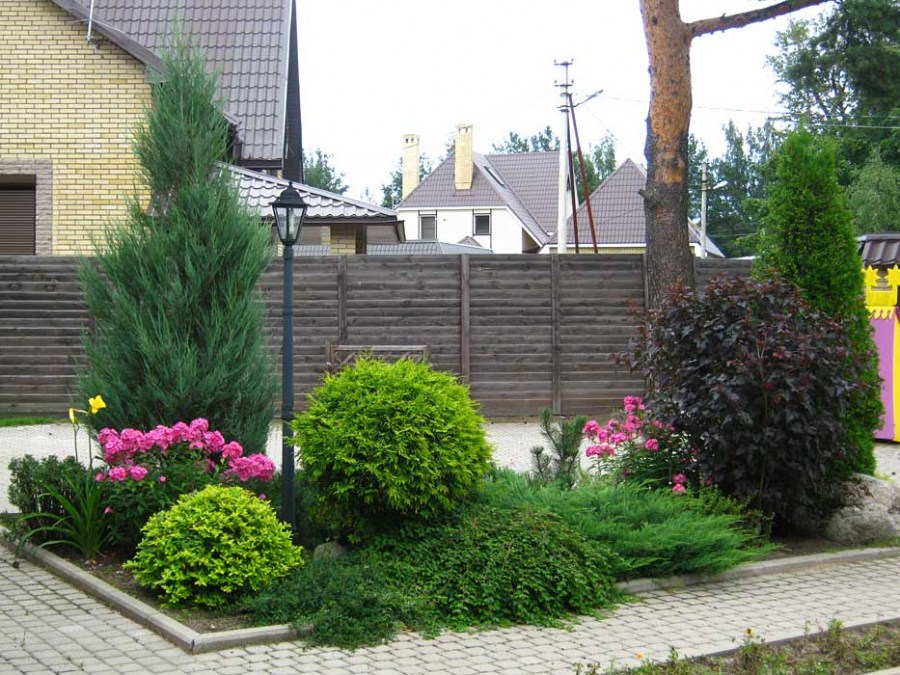

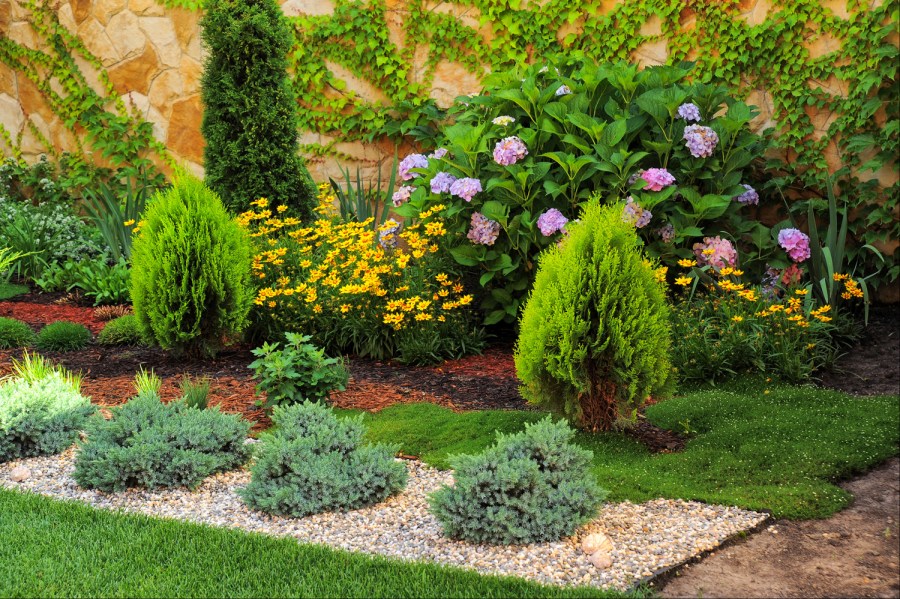
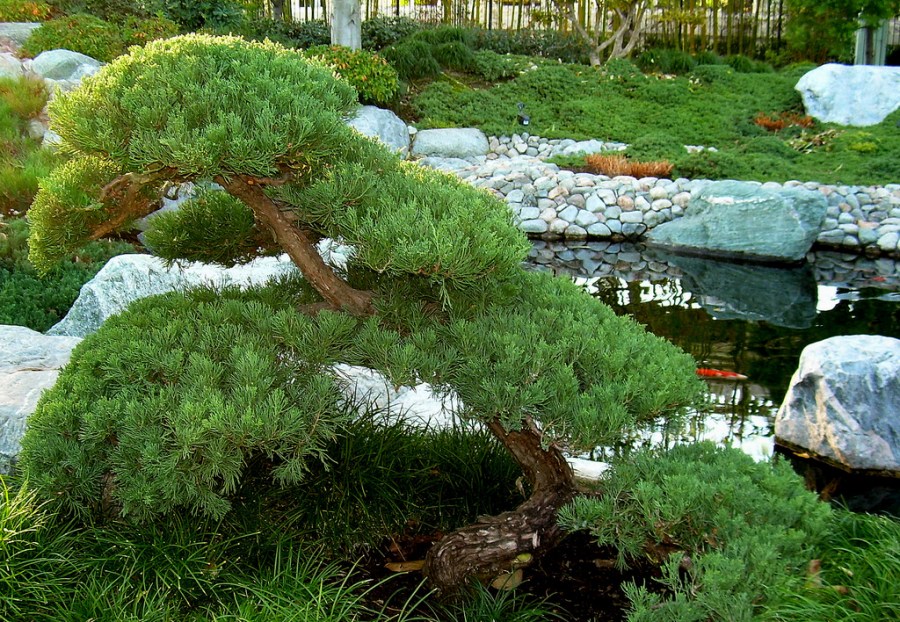





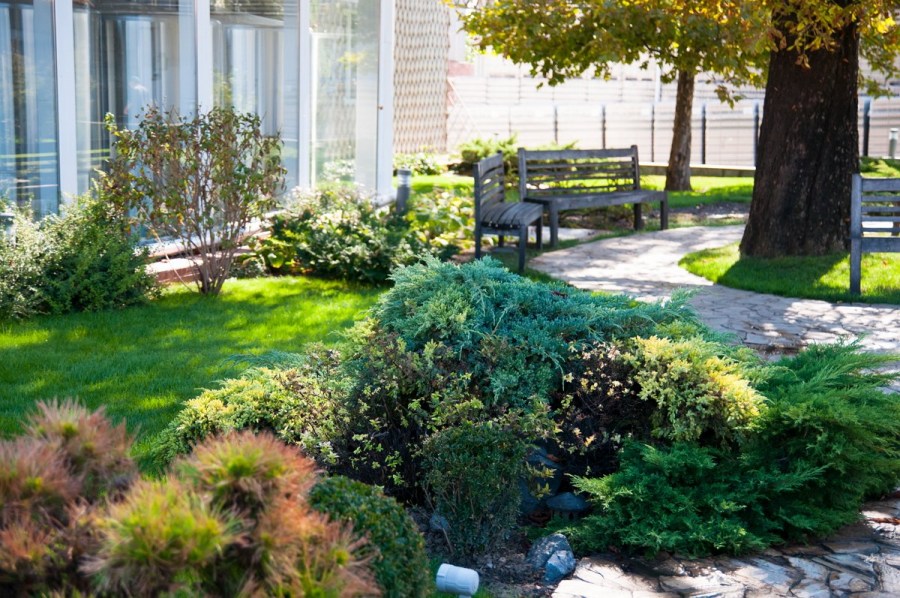





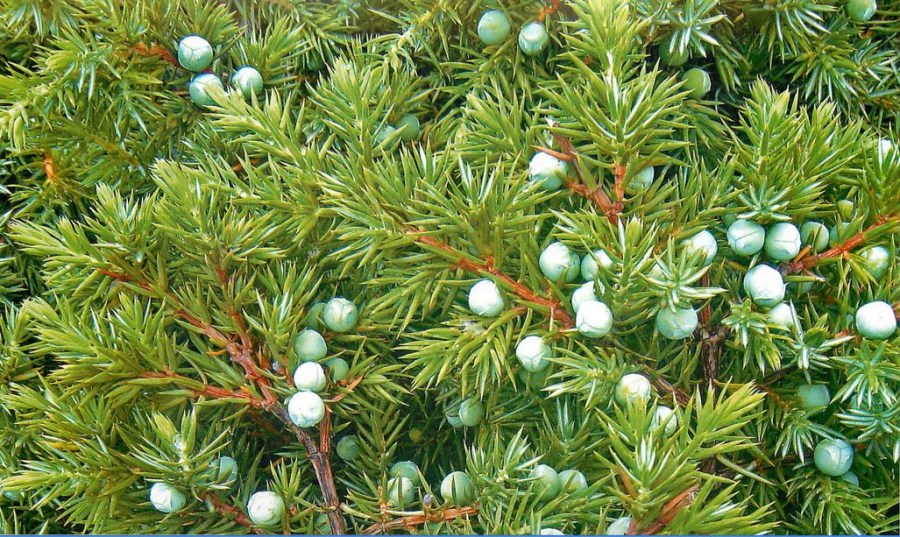


Good afternoon, tell me, please, what is the name of the juniper shown in photo No. 68 in container c2?